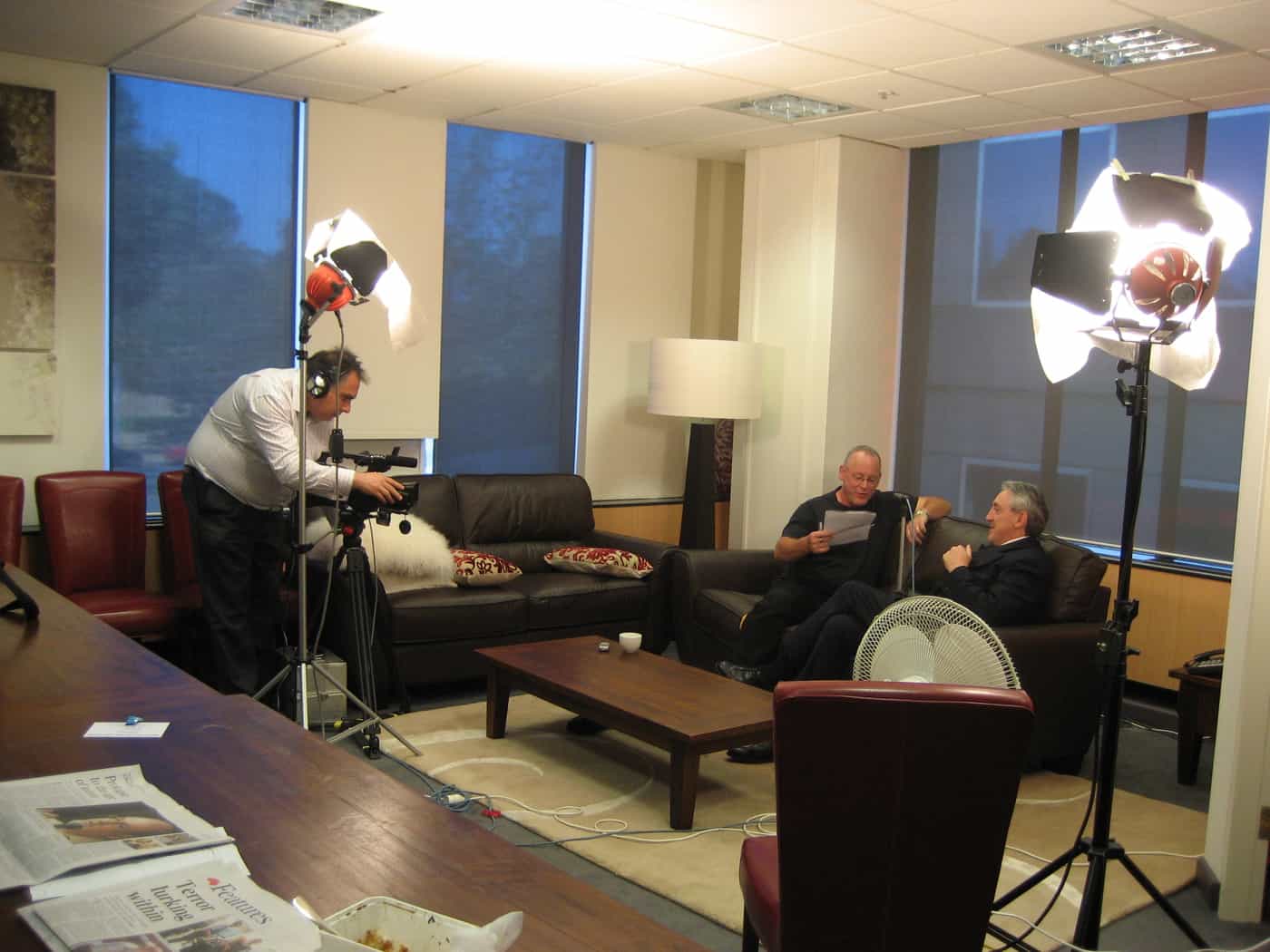Health funding and management is a constant political issue. The attention increases hugely during election campaigns like the one that is currently occurring in the Australian state of Queensland.
This week the leader of the opposition parties, Lawrence Springborg, called for the release of a government report into the sexual attack on a nurse and security in Torres Strait islands. SafetyAtWorkBlog has written repeatedly on OHS issues associated with the attack in February 2008. Springborg has pledged increased safety resources for remote area nurses.
Queensland Health reports on 25 February 2009 that the CEO of the Torres Strait District’s health service CEO has been stood aside as a result of the government’s investigation. The statement reads
“Director-General Michael Reid said the Crime and Misconduct Commission had reviewed the report by the Ethical Standards Unit and was satisfied with the investigation.
“Some allegations that members of the Torres Strait and Northern Peninsula Health Service District executive did not act appropriately were upheld by this investigation,” he said. “We accept this investigation has found serious faults in the way Queensland Health staff responded to this critical incident and we are taking immediate action.”
The CEO of the Torres Strait-Northern Peninsula District has been stood down, effective immediately, while her role with Queensland Health is under further consideration.”
Many of the issues raised relate to possible corruption and improper behaviour by the Queensland Health and others. These are the political points that Springborg is likely to chase.
In terms of occupational health and safety, the focus of this blog, Queensland Health says
“There is substantial evidence that there has been a systemic failure by the Torres Strait and Northern Peninsula Health Service District to acknowledge and address workplace health and safety issues within the District over a long period of time.”
“There is sufficient evidence to conclude, on the balance of probabilities, that members of the Torres Strait and Northern Peninsula Health Service District (TSNPHSD)
Executive responded inappropriately and insensitively when notified of the alleged rape of a Remote Island Nurse on Mabuiag Island on or around 5 February 2008.”
“Further, there is sufficient evidence exists to find, on the balance of probabilities, that the repatriation of the remote area nurse from the outer islands as not managed or coordinated at a level cognisant with the seriousness of the events which had occurred.”
It is no wonder the CEO of the health service has lost her job. It is a little surprising that more, and more prominent, heads have not rolled. It is suspected that this may be one of the aims of the opposition politicians during the current election campaign.
To return to our core issue of OHS and accountability, this result clearly indicates that senior executives, particularly in the public sector in this instance, must take a preventative approach to the health, safety and security of their staff, wherever the employee is located.


